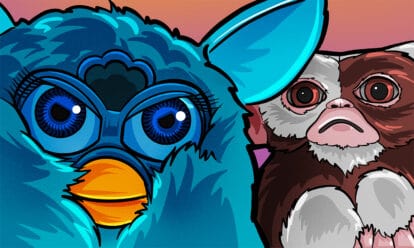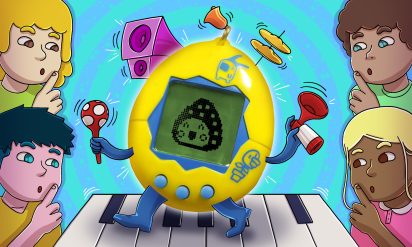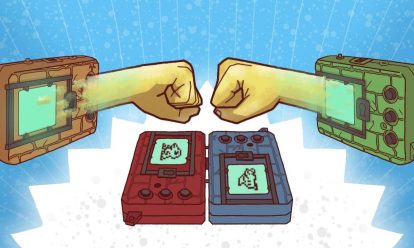
March 3, 2025

March 4, 2025
How to Turn Off Tamagotchi Sound for Peace & Quiet

February 28, 2025
Digital Monster – the Amazing Original Digimon Tamagotchi Device
Check it out!

March 3, 2025

March 4, 2025
How to Turn Off Tamagotchi Sound for Peace & Quiet

February 28, 2025
Digital Monster – the Amazing Original Digimon Tamagotchi Device